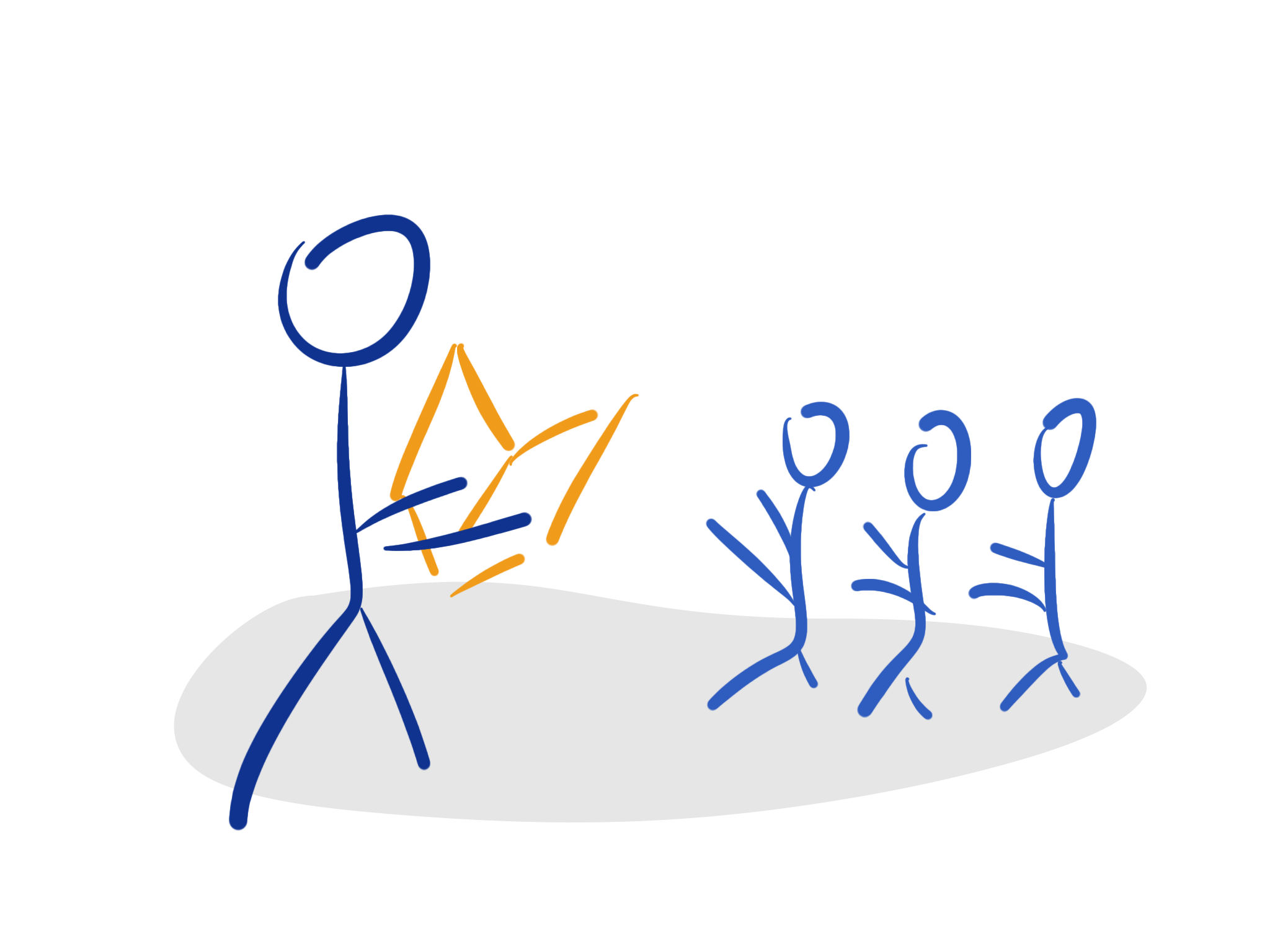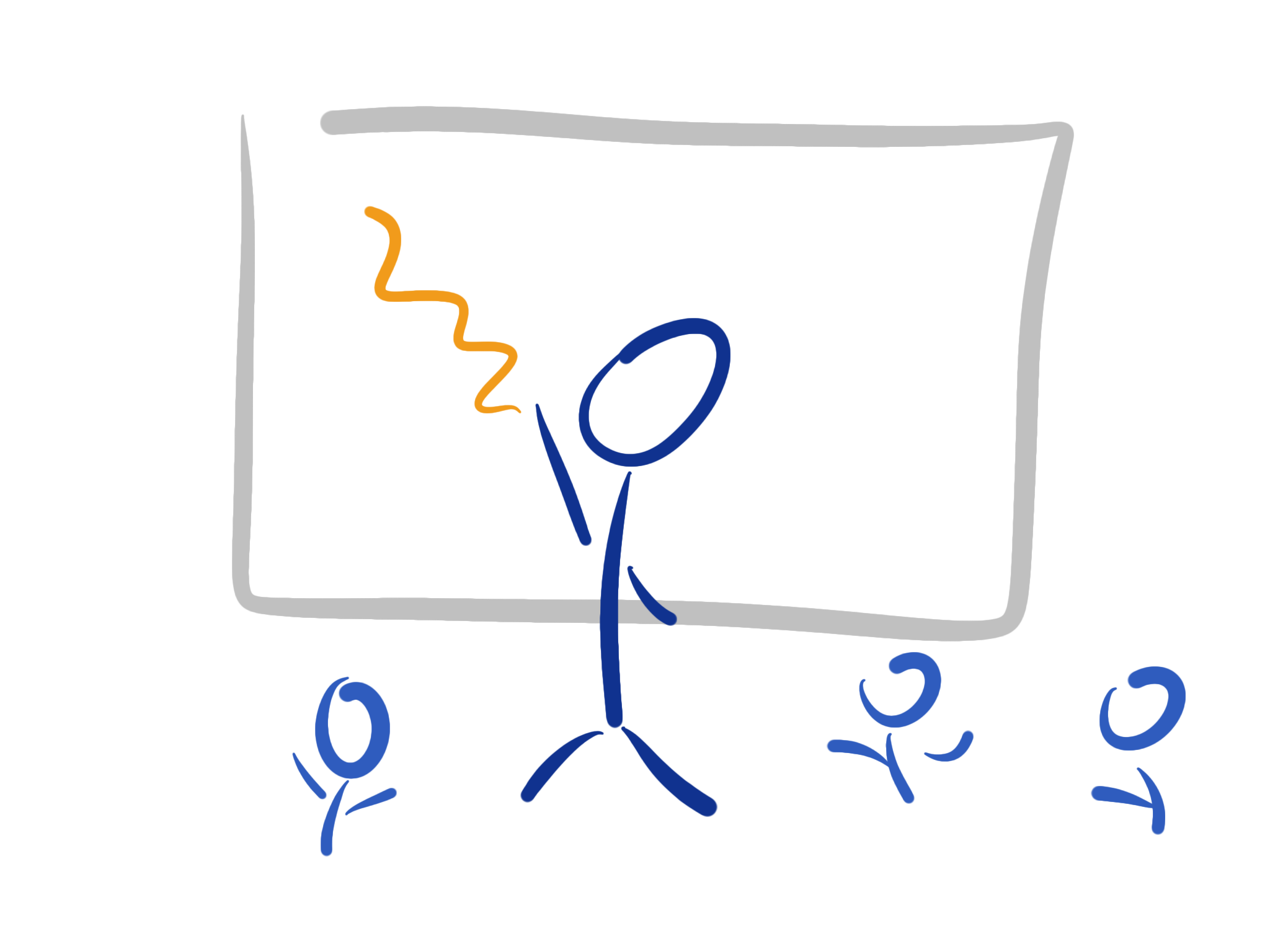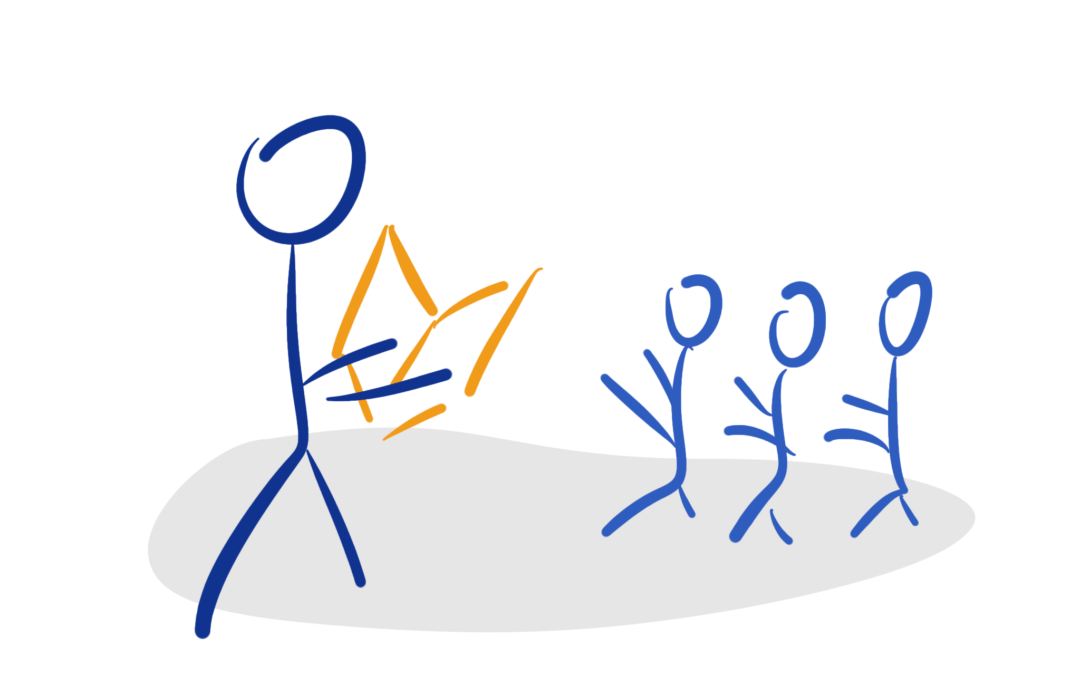
100 Teaching Methods, tmo |
Why? Children love to hear if someone is reading stories, poems and documentary reports. Elder students will remember.
When? Any time – but best if you introduce a new topic to wake up the curiosity of the students.
How? Choose a to the introduced new topic connected story, documentary report, newspaper article or any other written report which is connected to the topic.
Any risks? Those readings can be very boring if the story gets too long. If you choose this methodology try to read the story or report at home some times before you read it to class. This prepares you to know content and storyline so you can look up, build tention and get some eye contact while reading.
Author
Job Title, Company

100 Teaching Methods, tmo |
Time needed: 10 to 45 min
Why? Role-play is an excellent way to practice language in situations closer to real life than usual language practice in class room allows. It does not only train fluency but also involves the use of language and body language: gesture, facial expresion, body distance, intonation, connected speech, contractions and so on. Additionally it is great fun.
When? Whenever you want students to practice and train specific elements of language like new lexis, grammatical constructions, functional language.
How? In pairs, in groups. Introduce the situation, the roles. Who are they, what are they supposed to do? Prepare words and language the students will need for their roles. Useful language and possible mistakes can be discussed before and after. Make sure the students understand the context and what to do. Optional: Hand out role cards with information about the character. Give students some time to prepare their roles and the use of language in small groups. During the role-play, don’t interrupt for corrections but take notes. After each role-play, involve other students to respond what they saw – give feedback yourself.
Any risks? Give some time for preparation and response. Otherwise, the only risk is to have fun! Plan a cool-down period after the role-play.
Author
Job Title, Company

100 Teaching Methods, tmo |
Why? Students, teachers and classroom need to relate school to real life. Everyone has different mental representations about an object, if you show it, you can share it. Book-pages are 2-dimensional, but objects are 3-dimensional. They have a shape, they give you a feeling when you touch them, and sometimes they smell. Things attract many senses, so by using them it is a lasting way to teach and learn.
When? Whenever you can bring an item and show it to students, do it.
How? Bring an item, and show it when you need it. Let it pass through.
Any risks? No risks to but big affect. Small risk for breaking and distraction, when the object passes through the students.
Author
Job Title, Company
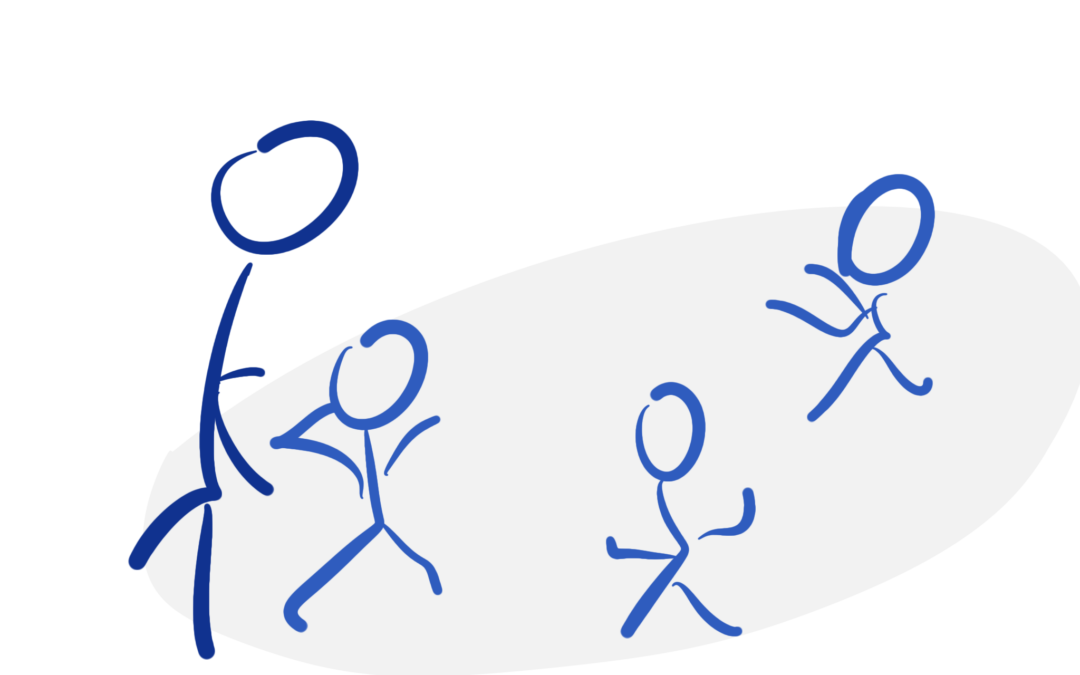
100 Teaching Methods, tmo |
Why? Students have different speeds in doing exercises. Whenever they work alone they can choose their personal speed.
When? After introduction of a topic you can do some exercises together on the whiteboard, and after that everyone can do exercises by her/himself.
How? Write down the exercises or book information on the whiteboard and tell students about the designated time to work on them. Tell them they should work at their own speed and that it is better not to finish alls tasks than not to do all exercises properly. Encourage them to indicate when they have problems.
Any risks? Don’t forget students who never ask for help. Make sure you checked every student if he or she is on track. However, as a teacher you can‘t be everywhere. You don‘t have to answer every individual question by yourself. If there is a student already who knows how to do it, ask him or her to become an expert to help a student who can‘t do this very exercise.
Author
Job Title, Company

100 Teaching Methods, tmo |
Why? Visualized content helps students draw a personal mind map.
When? How do things or systems work? Whenever there are interdependencies between more than one elements you can draw a graphic on the whiteboard.
How? Make sure you have drawn the graphic before in your lesson preparation. In class develop the graphic gradually on whiteboard. Don’t add too much text. You can ask students to copy the graphic after you have finished or ask them to draw it parallel to you.
Any risks? Make sure your graphic is biiiiig and easy to see. Trash or refill old whiteboard pens immediately.
Expert's Advice
Develop and maintain a book of visual vocabulary. How does your standard “person” look like. How do you draw a car. A smart idea. A turning point. You don’t have to look those drawings up from existing sources rather try to find your personal style. Try to learn “sketch-noting” where you find plenty of ideas for your visual/graphic vocabulary.
Link: Jana Wiese – Sketchnotes and Graphic Recording
Drawing makes you see things clearer, and clearer, and clearer still. The image is passing through you in a physiological way, into your brain, into your memory – where it stays – it’s transmitted by your hands.
A Bigger Message: Conversations with David Hockney

100 Teaching Methods, tmo |
Why? Visualized content helps students draw a personal mind map.
When? How do things or systems work? Whenever there are interdependencies between more than one elements you can draw a graphic on the whiteboard.
How? Make sure you have drawn the graphic before in your lesson preparation. In class develop the graphic gradually on whiteboard. Don’t add too much text. You can ask students to copy the graphic after you have finished or ask them to draw it parallel to you.
Any risks? Make sure your graphic is biiiiig and easy to see. Trash or refill old whiteboard pens immediately.
Expert's Advice
Develop and maintain a book of visual vocabulary. How does your standard “person” look like. How do you draw a car. A smart idea. A turning point. You don’t have to look those drawings up from existing sources rather try to find your personal style. Try to learn “sketch-noting” where you find plenty of ideas for your visual/graphic vocabulary.
Link: Jana Wiese – Sketchnotes and Graphic Recording
Drawing makes you see things clearer, and clearer, and clearer still. The image is passing through you in a physiological way, into your brain, into your memory – where it stays – it’s transmitted by your hands.
A Bigger Message: Conversations with David Hockney

100 Teaching Methods, tmo |
Why? Stories help to emotionally attract students to a learning topic.
When? Stories can be told before or during a new learning session. If told before, stories raise attention. Told during or after a period of front-to-back teaching stories allow them to lean back and re-focus on an emotional level.
How? Find one or more characters and let them become alive by telling what happens to them in a certain situation. How do they act and react? What do they feel? What challenges them? How do they overcome a crisis?
Any risks? Give yourself a time limit. Good stories don‘t last forever.
Expert's Advice
There are many traditions how to craft a story. To improve your personal storytelling try tu understand in which tradition you grew up with. Try to learn at least a different tradition. You could also invite a puppet in your story in order to shift the narrator’s role away fro you to the puppet, or to introduce a second character in your storytelling performance. Reverse-Engineering: Analyse great stories. Why do they work. What ist what attracts you?
Make up a story. For our sake and yours forget your name in the street; tell us what the world has been to you in the dark places and in the light. Don’t tell us what to believe, what to fear. Show us belief’s wide skirt and the stitch that unravels fear’s caul.
The Nobel Lecture In Literature, 1993

100 Teaching Methods, tmo |
Why? Students learn to develop a point of view, articulate an opinion and play an committed role within a group.
When? Discussions can be held before or after students learn something new. If held before, discussions build up motivation to learn – they prepare the mind. If held after, discussions help students to summarize. They make learnt facts active which otherwise they could easily forget.
How? Tell students about the topic you want to discuss and ask for their opinion. Let students give a sign if they want to speak. Make sure only one person speaks at the same time.
Any risks? Teachers should not participate in the discussion as partners, but lead the discussion by asking interesting questions when the discussion gets stuck. Teachers prepare the setting and make sure that everyone is heard. Watch out for those students who never talk and ask for their mind or help to sum things up.
Expert's Advice
If your students are used to discussions try a different approach on signaling. It’s not necessary you who has to assign the right to talk, but students themself should learn how to engage in the discussion whenever it is possible to do so.
Don’t raise your voice, improve your argument.
Bishop, South African Anglican cleric

100 Teaching Methods, tmo |
Why? Students learn to develop a point of view, articulate an opinion and play an committed role within a group.
When? Discussions can be held before or after students learn something new. If held before, discussions build up motivation to learn – they prepare the mind. If held after, discussions help students to summarize. They make learnt facts active which otherwise they could easily forget.
How? Tell students about the topic you want to discuss and ask for their opinion. Let students give a sign if they want to speak. Make sure only one person speaks at the same time.
Any risks? Teachers should not participate in the discussion as partners, but lead the discussion by asking interesting questions when the discussion gets stuck. Teachers prepare the setting and make sure that everyone is heard. Watch out for those students who never talk and ask for their mind or help to sum things up.
Expert's Advice
If your students are used to discussions try a different approach on signaling. It’s not necessary you who has to assign the right to talk, but students themselves should learn how to engage in the discussion whenever it is possible to do so. Try to set up chairs and tables in a U- or O-Form so students can actually talk to each other and not from the back to the front.
Don’t raise your voice, improve your argument.
Bishop, South African Anglican cleric
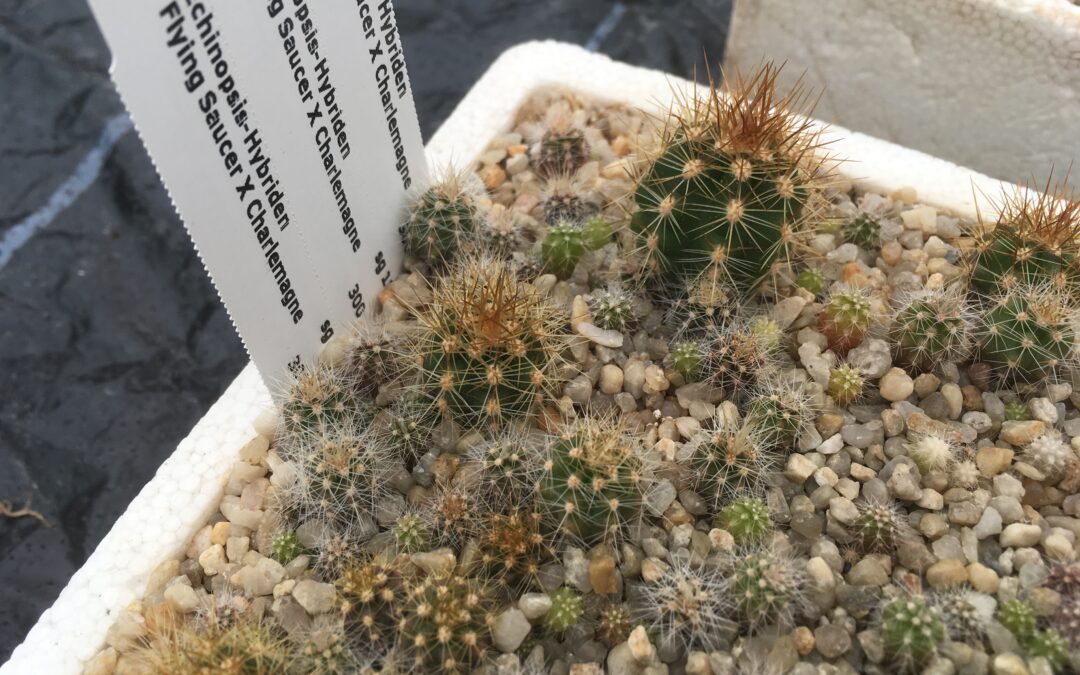
Featured, tmo |
This is a really slow and anologue thing to do. Get some cactus seeds, soil, pots, water. Some information how to do it (cactus seeds need light, don’t dig holes) and apply tender, love and care. The kids will have to wait for the results. But after a few months of dedication. Here we are. It’s not just a sofware download. It’s a relation to nature.
tmo, Uncategorised |
One very often discussed topic, but most of the time the results are same: NO IMPLEMENTATION after the discussions.
Field trips, are they really effective or wasted educational time?
Preparation is essential
From my side as an educational scientist I have to say: Yes and Yes and Yes. Field-trips are the most effective educational implementation ever …… if:
1. all the subjects on this day are involved in the preparation and execution on that day
2. all the subject teachers are informed long enough about such a field trip to find cross connections to be able to point out such connections to the students in advance.
3. all involved teachers in such a trip are 100% prepared, a field trip need much more preparation than a “normal” lesson.
4. all involved teachers have an awareness about the amazing chance of such a field trip.
5. all involved teachers have an awareness of their high responsibility during the execution of such a field trip.
Field trip or shopping tour
But now I want to come to the problem of the reality, the real implementation of such field trips and from that side I have to say:
This time is the most wasted educational time.
Why I have to say such a strong sentence:
1. basic bad preparation and organization causing wasted waiting times and teachers are not prepared to fill this time with meaningful educational tasks. They simply don’t care.
2. teachers are not prepared at all and most of the time my observation of such field trips show that they have no awareness about the amazing chance of such a field trip.
3. teachers most of the time using that time like relaxing time for the teachers.
4. teachers most of the time have no awareness of their very high responsibility during such a field trip.
5. teachers think if they are giving students freedom to do what ever they like to do during such a trip, students would like that. This is the biggest mistake in the thinking of teachers, please find below one very interesting report from one of our students about exact such a field trip:
“Hi, my name is Yosefin and I’m 15 years old. I’m one of Globe’s students that joined the fieldtrip to Singapore. I like the plan for the fieldtrip going to Singapore and successfully, we did it. We were so exciting when we heard the school’s headmaster accepts the fieldtrip’s proposal. From the fieldtrip, we got new and further sight about what will we be able to do after high school. We learnt also how is the university’s student study and some of their lessons. It’s great that we could see immediately their practice lessons and their staffs were so kind. But in some ways, I got disappointed with two things. Firstly we should go to the national library, but we didn’t, we went to the public library and secondly, after that, we just spread and some of us were just shopping. I think school need to be more cooperate and help us to get something more in the field of education when we have a fieldtrip like that, than just wasting time and money for shopping. Also teachers who go with us must be stricter. I also think that school must be more care about the teacher who is on duty at the fieldtrip time, like, when they need help and support. Thank you and God bless you.”
I am so thankful for this report and it shows that mostly teachers underestimating their own students, a field trip is the greatest chance to implement theoretic absorbed knowledge for students, so please teachers take such trips serious, prepare it more than a lesson, start to develop an awareness how important such trips are for students, give them every guidance you can during such a trip, to make it effective and meaningful with educational outcome and background.
A field trip is not a shopping trip, and even if you plan it as a shopping tour, there are much more things during a shopping tour to discover, if you guide them correctly.
Most important things of a field trip are the preparation, structured organization and an effective meaningful execution, than a field trip is the most effective educational time ever, if its just a ‘relaxing and give students time to do what they like to be a loved teacher’-execution than its the most wasted educational time ever.
And please don’t always underestimate your own students, all what they want is:
NOT HAVING WASTED EDUCATIONAL TIME!
For your preparation of a professional executed field trip you can find help under this link: general field trip checklist
RMG
100 Teaching Methods, tmo |
Time needed: 10 – 20 min
Why? Students get their own responsibility for their lessons and learning activity. The teachers will get two evaluations directly with one methodology, first while monitoring the test development in the content of the questionnaire the teacher can see where are learning gaps and second of course during monitoring the question answers. This methodology is also a learning instrument during the test creation weaker students in the group will also find new knowledge or be able to repeat already taught knowledge.
When? Any time an evaluation is needed with testing or examination.
How? Divide the class in groups and let them develop their own test or examination under you supervision. One group is creating the test for the other group. Write the test and let them also evaluate the test result after finishing the test.
Any risks? Be careful with creating the groups, care for a meaningful mixture of students, it is not very helpful to put all weak students in one group and all strong students in the other, if you mix up your groups very clever you will be surprised about the efficiency of this learning and testing method.
100 Teaching Methods, tmo |
Time needed: periodically 2 – 5 min
Why? This workbook is forcing students to study self-responsible about in class taught topics in school.
When? This methodology is very useful to give to early finishers special extra tasks, or to support weak students to give the tasks in the book as self study tasks for break-times or special tutorials.
How? Ask every student to bring an empty thicker writing book to school.Every time when you realize difficulties you can give them extra tasks to fulfill and let them write this in the book, but don’t let them finish it in class, this book is for self-responsible studies. Tell the students, if they still don’t understand special topics they should try to finish those tasks, whenever they like. This book can be filled all the time with tasks, from every subject teacher, so that other subject teachers also have the chance to participate and use this as different instrument in class, special for early finishers which every teacher has to face.
Any risks? Don’t let them bring the book back home, it should stay in school, otherwise they will finish all the tasks at home, this is a conscious instrument for forcing and supporting self-responsible studies of students in school.
100 Teaching Methods, tmo |
Time needed: 30 min
Why? Children will involve many skills, counting, using senses, body movement, phantasy.
When? When ever you think your lesson need a relaxing of the teaching and learning atmosphere, in sport lessons as well, don’t just think smaller children like to play that game.
How? A number of players conceal themselves in the environment, to be found by one or more seekers. The game is played by one player (designated as being “it”) counting to a predetermined number while the other players hide. After reaching the number, the player who is “it” tries to find the other players. After the player designated as “it” finds another player, the found player must run to base, before s/he is tagged by “it.” In some versions, after the first player is caught, it calls out “Ollie Ollie oxen free” (or “all outs, all in free” or many other variations) to signal the other hiders to return to base for the next round. A derivative game is called “sardines”, in which only one person hides and the others must find them, hiding with them when they do so. The last person to find the hiding group is the loser.
Any risks? This game is always enjoying for everyone, but give a clear time-frame otherwise they will over do it. Special “sardines” is preferred for older students.
100 Teaching Methods, tmo |
Time needed: 10 – 15 min
Why? This is an amazing enjoyable method to force students to use their absorbed knowledge in a very practical way.
When? Any time your class need a more relaxed atmosphere and you want to force your students to practice absorbed knowledge.
How? Prepare one treasure which is connected to the main topic, than plan the treasure hunt in different stations and give on these stations different hints where is the next station with the next hint. This can be in other classrooms, outside in the garden, with other teachers or staff in the school. the first hint for the next station will come from you, you can prepare also to get the hint for the next station with answering several questions or fulfilling several different tasks. If you place hints below something without involving a person, the task should be included to find out the next hint. (like forming a puzzle, or answering special questions and the first letters of the answers is the next hint, or the answer at one question is the next hint). You can divide the class in different smaller groups so everyone will have something to do while the hunt and the first group will be the winner and beside of the treasure will also get some surprise, or you for the treasure hunt as a race in general with just one treasure but different hunting routes and the first group will get the treasure.
Any risks? This could be very time consuming, so as better you prepare the stations, as much more effective is the result and the joy of the hunt. If you place outside hints, consider the weather situation. Place hints at places you can be sure none else will take it away, otherwise the whole hunt will be destroyed, or inform other staff about the hunt to let hints in the different stations. Place hints not to easy, students will lose their interest if they don’t have the chance to search seriously,but also don’t place it too difficult, the same effect will be seen. Students need to get the chance to find the hints, but on the other hand they also need to get forced to search. To prevent that students use to much time and just wasting time, give them also a clear time frame and make it also as a race.

